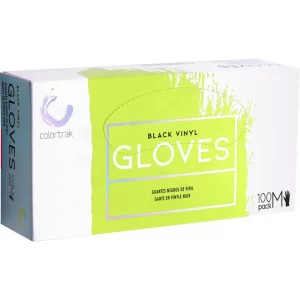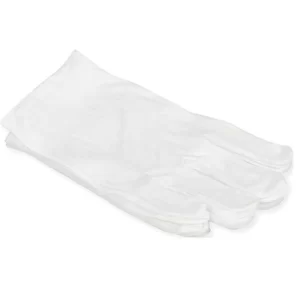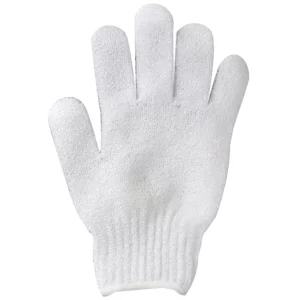Showing 37–48 of 179 results
Comprehensive Guide: Gloves & Masks for Health and Safety
Nitrile Gloves:
Material: Synthetic acrylonitrile-butadiene rubber, known for chemical resistance and durability.
Uses: Ideal in hospitals, industrial settings, and construction sites.
Advantages: Allergy-friendly, durable, chemical-resistant, often biodegradable.
Disadvantages: More expensive, less touch sensitivity, some types non-biodegradable.
Latex Gloves:
Material: Made from natural rubber, offering flexibility and touch sensitivity.
Uses: Suited for operation theaters, chemical labs, food service.
Advantages: High sensitivity, biodegradable, strong protection.
Disadvantages: Can cause allergies, lower chemical resistance, hard to detect flaws.
Vinyl Gloves:
Material: Made from PVC, a petroleum-based material.
Uses: Suitable for low-risk tasks like food preparation, cleaning.
Advantages: Non-allergic, cost-effective, suitable for light tasks.
Disadvantages: Less durable, limited chemical protection, not eco-friendly.
Ear Loop Masks:
Design: Lightweight, disposable masks with ear loops.
Use: Common for general protection in everyday scenarios.
Advantages: Comfortable for prolonged wear in non-medical settings.
KN95 Masks:
Design: Seal around the face, offering better filtration.
Use: Higher protection against airborne particles.
Advantages: Better filtration compared to standard ear loop masks.
Both types of masks, along with gloves, are crucial in personal protective equipment strategies. They help prevent the spread of microorganisms and provide a barrier against contaminants. The choice between ear loop masks and KN95 masks depends on the required level of protection and the specific setting in which they are used. Medical gloves and masks are regulated to ensure they meet necessary performance criteria.







